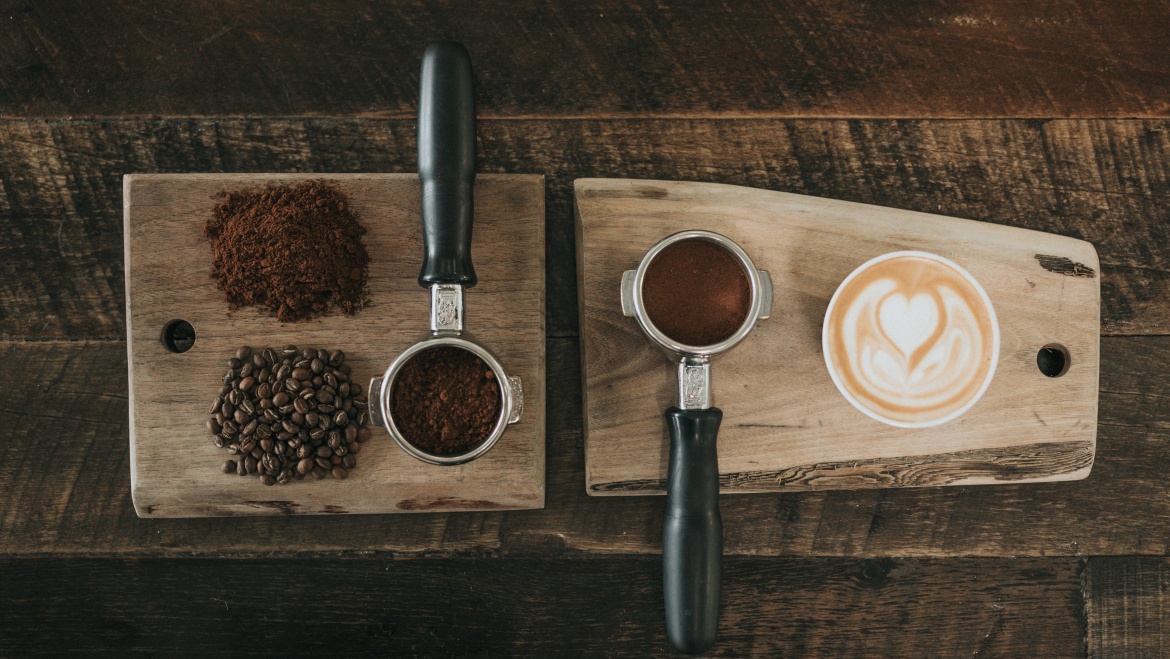The history of espresso goes back to 1937, when Achille Gaggii invented the first pressure coffeemaker in the world. The machine constructed by him forced finely ground coffee at high pressure, while hot water with essential oils, sugars and caffeine produced a brew of rare intensity. Its important element is crema, or rich, rusty and nutty foam.
There are quite a few types of espresso:
Espresso – or the classic espresso. In Italy, it is simply called caffe, so when you order coffee at St Mark’s square in Venice, don’t be surprise to get a tiny cup with a small amount of brew.
Doppio – in Poland known as ‘double espresso’. An effective remedy for a hard morning.
Ristretto – or espresso ristretto. Prepared by switching off the coffeemaker earlier than in the case of the classic caffe. The coffee should fill 2/3 of a cup. Very popular in South Italy.
Lungo – the so called ‘elongated espresso’. Produced by adding more water that dilutes the brew and makes its intense aroma less strong.
Americano – Americans prefer gentler coffee, so they dilute espresso with water, replacing a thimble with an XXL-sized cup.
Macchiato – or ‘mini-cappuccino’, is espresso made more gentle by a touch of milky foam, served in a glass.
Coretto – espresso with grappa, brandy or liqueur.
Romano – Romano is prepared by adding lemon juice to espresso. Served with a wedge of lemon on a small plate.
Espresso con panna – diluted espresso with a thick layer of unsweetened whipped cream, sprinkled with cocoa.
Latte – or coffee with milk, consisting of ‘long’ or diluted espresso and the same amount of milk.
Shakerato – is coffee for hot summer afternoons. Shaken, with sugar and ice cubes.
Cappuccino – has a colour of nuts, similarly to habits of Capuchin friars, from whom it takes its name. It consists of 1/3 of espresso, 1/3 of milk and 1/3 of milky foam. It is recommended for breakfast, preferably with crusty French pastries.

